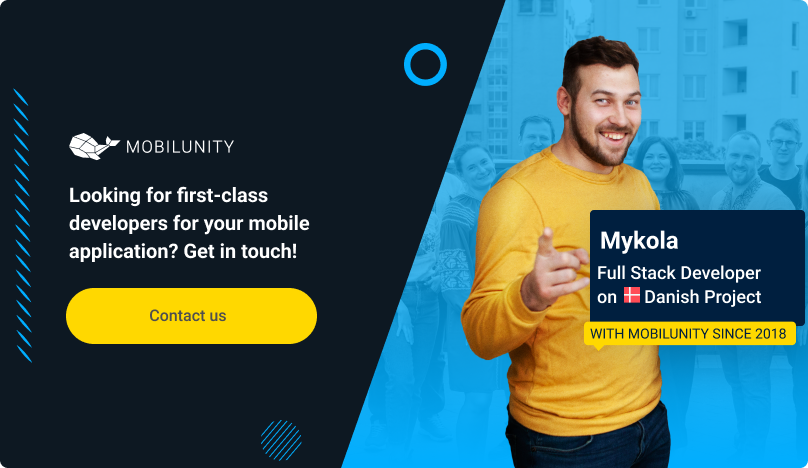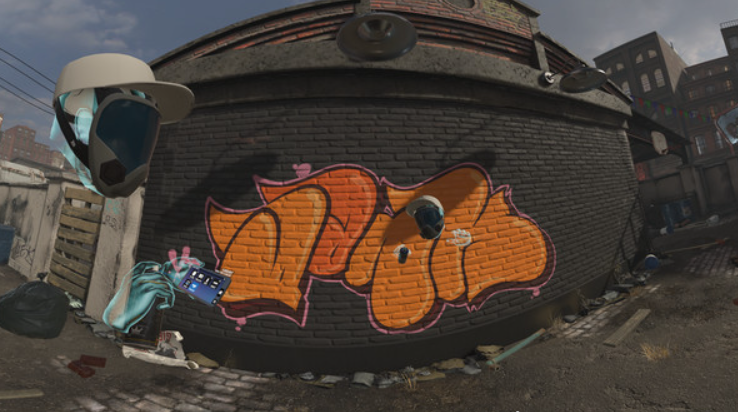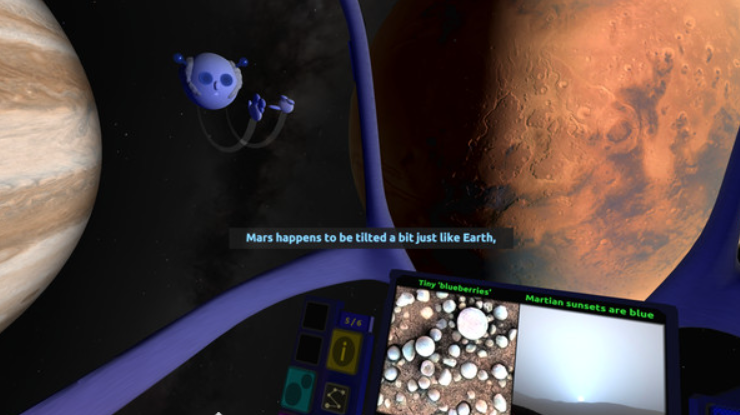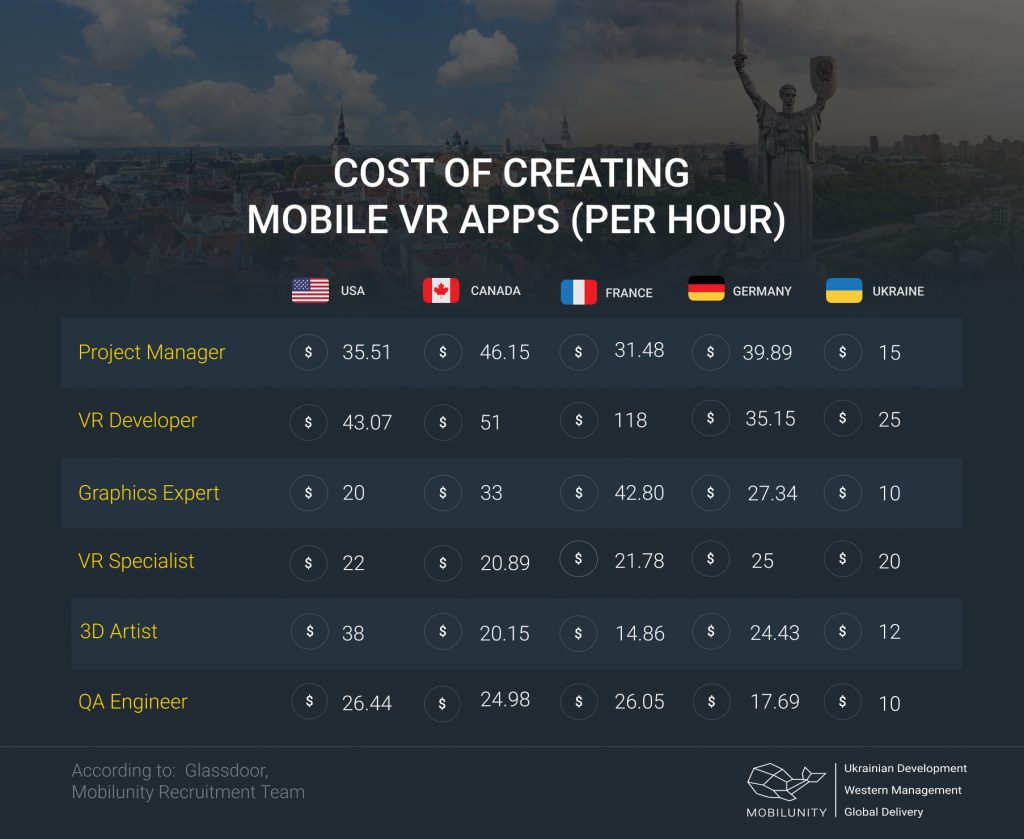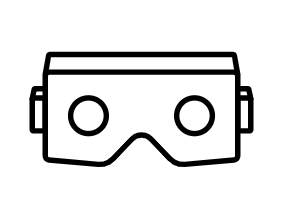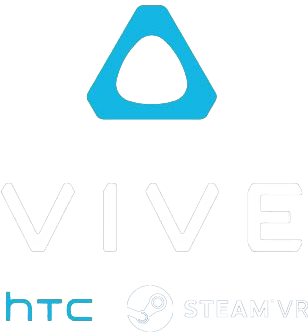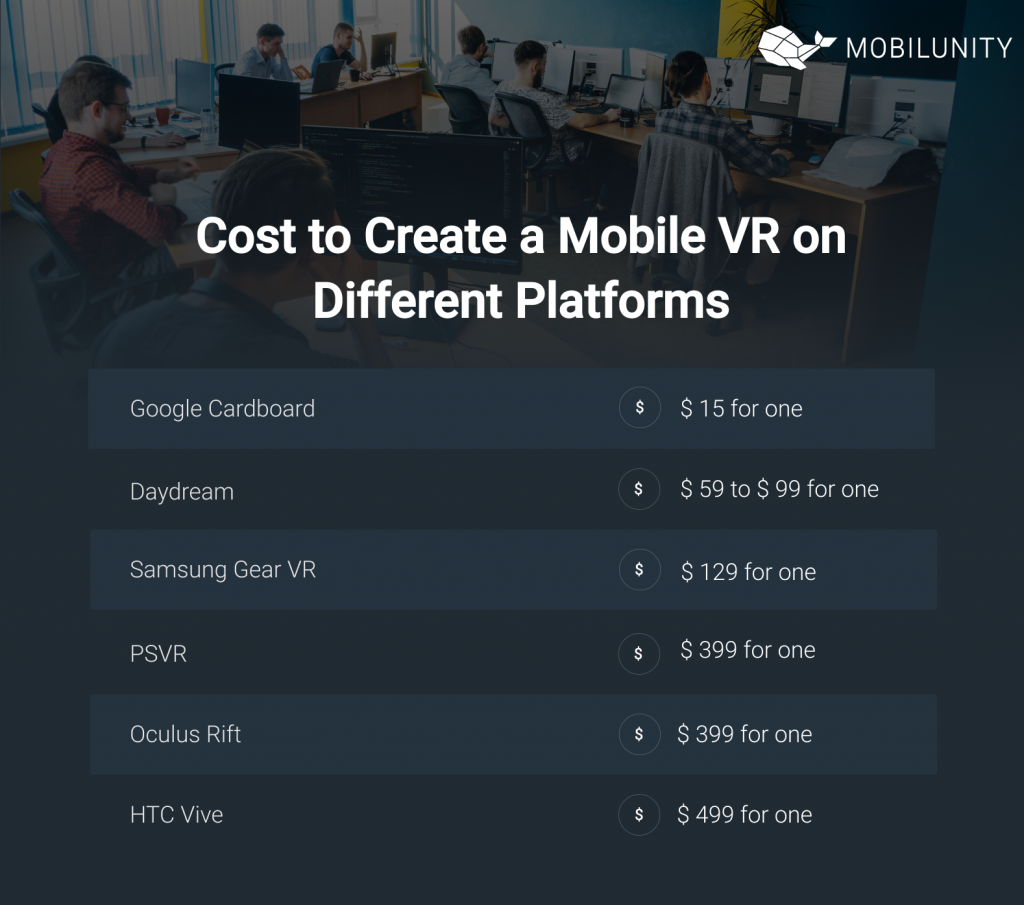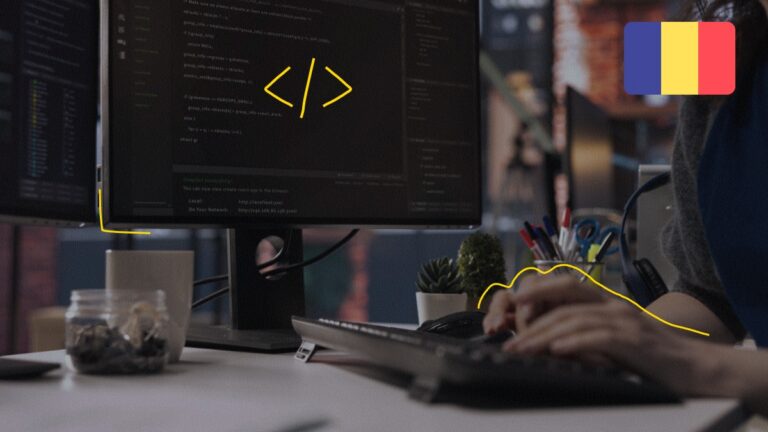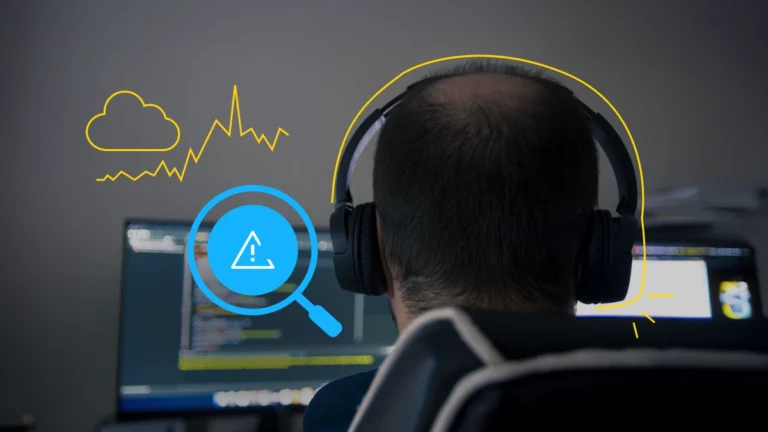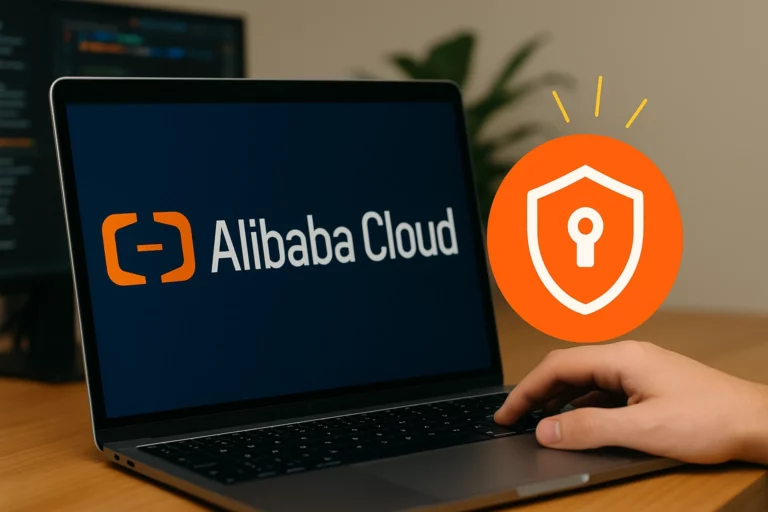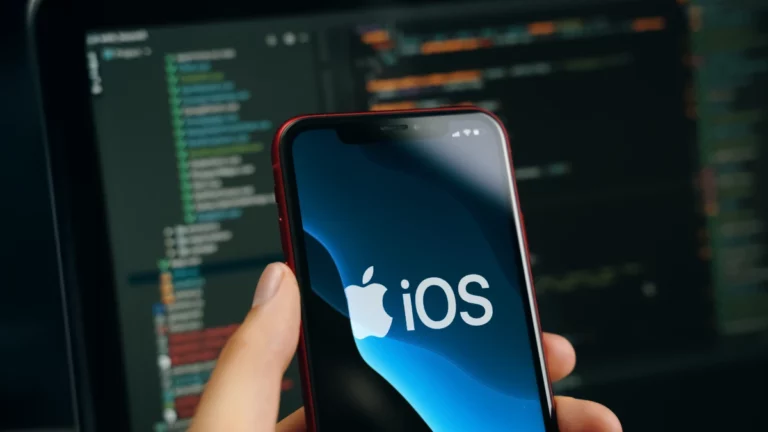How Much Does It Cost to Create a Mobile VR App?
- The Top Virtual Reality Apps Designed by Mobile VR Companies
- The Cost of Content and Software Involved in Mobile Virtual Reality Services
- The Research and Development Cost of Creating Mobile VR Apps
- How Much Does it Cost to Create a Mobile VR on Different Platforms
- Final Cost Analysis
- Find Your Dedicated VR Mobile Developers With Mobilunity
When looking at the future of the technology industry, virtual reality (VR) is seen as one of the leading fields. Virtual reality is affecting every type of business and can be used in countless ways to make business processes more effective and efficient. As a result, businesses are increasingly looking to hire virtual and hire augmented reality developer for new and innovative VR apps.
The global virtual reality (VR) and augmented reality (AR) market was expected to reach 18.8 billion US dollars in 2020. This is because more and more businesses are realizing the incredible benefits these two technologies can offer. But how exactly is VR used in the business world?
Currently, many businesses are using VR to create software for prototyping and design. For example, architects and aircraft designers are already using VR to explore their ideas and present them to clients, rather than creating working prototypes initially.
Another way companies are benefiting from iOS and Android VR development services are in the field of training. When using VR to learn in the healthcare and medical sector, students can experience real-world situations to increase and enhance their skills and knowledge. Even pilots, law enforcement officers, and teachers are benefiting from this way of training.
Other businesses also use VR as a unique way to present products and services to customers. For example, instead of using showrooms, customers can try out new items such as clothes or shoes without leaving their homes!
Today, many industries enjoy the benefits VR offers. Some of the major industries using VR include:
- Automotive
- Healthcare
- Construction
- Aerospace
- Retail
- Architecture
- Tourism
- Education
- Entertainment and sports
The most popular way businesses use VR is as a service. And this is where the VR app comes into play. Businesses are increasingly looking for brilliantly developed mobile apps that offer value to their customers and, ultimately, increase sales.
But before any company should consider creating a mobile VR app, they have to think of the cost involved in building it. If you’re wondering how much does it cost to create a mobile VR application, we take an in-depth look at this guide.
The Top Virtual Reality Apps Designed by Mobile VR Companies
When deciding to create a VR app, there’s no better way to begin than to explore some of the best existing apps out there. These apps can be a source of inspiration to your development team, and you can also consider them in terms of pricing.
Here are some of the top virtual reality apps you can learn from:
Allumette
Allumette can be seen as a movie, video game, and theatre all in one. It’s a narrative from Penrose Studios, focused on a young girl living in a village on the clouds. It is known for taking its users into another world entirely. The VR app is completely free, and Penrose Studios got its revenue from different rounds of seed funding up to millions of dollars.
Colosse
Another VR app based on a story, Colosse, features a Samurai Jack animation-style narrative. It responds to the player’s gaze, so different events happen to depend on where you’re facing. Colosse is another free VR app, so its Virtual Reality developers make their profit through seed fundings.
Kingspray Graffiti
Kingspray Graffiti is for art lovers who always wanted to become renowned street artists. Rather than doing it illegally, the VR app allows you to virtually and legally spray paint on anything, from narrow alleys to train cars. Kingspray Graffiti is also very realistic when it comes to spray and drip effects. Players have to buy the app for $10.
Titans of Space Plus
This is another VR app that you have to buy. It’s a perfect choice for anyone who enjoys exploring the stars and the mysteries of space. Titans of Space Plus is an educational VR app that takes you through an exciting solar system journey. It also includes topographic maps and radars you can use to analyze the planets and a flying professor as your guide.
From the top VR apps mentioned above, you can see that most VR mobile app developers and businesses get their revenue from seed funding or in-app purchases. When creating your budget for a VR app, it’s best to consider where the money will be coming from.
When creating a mobile VR app, there’s a lot to consider in terms of the budget. Different factors affect the development cost of a VR app, even more than it is for an average mobile app. These factors include the content and software you’re going to use and the platform you choose for the development process.
One also has to consider the costs of research and how much to pay the Android or iOS developer virtual reality for the development of the app. Let’s explore the costs involved and how it will affect your budget.
The Cost of Content and Software Involved in Mobile Virtual Reality Services
The more complicated your content is, the more complex your software will be, which leads to more costs. Therefore, the most significant part of your virtual reality mobile app development budget should be allocated towards content and software development. It’s also important to look at these aspects together when compiling a budget.
The way you want the content to be will directly affect the software you use, whether you’re creating a VR game, VR services app, or a 3D mobile platform. For example, if you want to create a VR app that allows your prospective customers to see a particular product in 3D, you will need a simple, user-friendly interface. But, if it’s going to be an interactive VR app with a narrative, the interface will be more complicated, inadvertently leading to more expensive software.
You may be creating a VR app for educational or retail purposes, or a VR gaming app to entertain your customers. You might also decide to use CG based environments in your VR app or go for something simpler and cheaper, like 360 videos. The complicatedness and scale of each project will affect the cost of creating mobile VR apps.
Therefore, in the early stage of your development project, you have to ask questions like:
- What type of content do I want to create?
- How will this content affect the platform I have to choose?
- Do I have to hire a developer to create this content for me?
From this, we can see that the content and software you go with will also affect other parts of your iOS or Android VR AR development unity budget.
If your content is based on 3D or 360 interactive virtual reality apps, you will probably spend up to $10,000, plus the post-production. On the other hand, if your content is for a non-gaming VR application, the software costs are usually an average of $55,000.
The most expensive software usually goes into creating content for gaming VR apps and can go all the way up to $100,000. Keep in mind that these numbers are only meant to give you a baseline to work with and can increase or decrease depending on the exact type of project and other factors.
If your budget is tight, it’s best to work with more engaging yet straightforward content and use 3D 360 videos in your application rather than CG. This can lower the cost to create 360 mobile VR apps.
To effectively estimate the cost of creating a mobile VR app, it’s essential to hire mobile developers experienced in VR technology, as their expertise will play a pivotal role in determining the complexity, development time, and ultimately, the financial investment required for the project. Consider the necessity to hire remote Kotlin developer, whose expertise in developing VR applications for Android can significantly influence both the quality and financial aspects of the project.
The Research and Development Cost of Creating Mobile VR Apps
The next important factor you have to consider in your Android or iOS VR app development budget is research and development. This is when hiring your team comes into play. All aspects of creating a VR app will require research, especially when creating content and planning distribution and marketing.
Also, the app cannot be created without an Android or iOS VR developer team. In every phase of the project, the developer has to explore the best way to display the content, and then code it correctly. When creating your team for developing your VR app, you may require the following experts:
Project Manager
One of the essential members of your team is the project manager. This is the person who oversees the entire iOS or Android Gear VR development project and makes sure it runs smoothly. Therefore, they are in charge of planning, delegating tasks, predicting risks, and solving any problems that may arise.
They also manage the budget and timeline, mitigate risks, identify resource needs, track the business plan, adjust the plan whenever needed and more.
Your project manager should be well-versed in everything you need to know about VR app development. They should also be skilled in managing money, time and people.
Searching for a skilled project manager? Mobilunity will help to hire the best>>>
VR Software Developer
The leading player on your team is the VR software developer. This can be one person or a group of people, depending on the scale of the project. When hiring a virtual reality mobile application developer, don’t only focus on their ability to create 3D settings. Other essential skills that the software virtual reality Android developer must have include sound and video production, software programming, game development and UX or UI design.
The right candidate should also know the latest digital trends, have experience with different hardware devices and understand their specifications.
Want to hire top VR software developer? Contact us>>>
Graphics Expert
You also need a graphics expert if you want your VR app team to be complete. A graphics expert can help to create advanced visuals to improve the customer experience to help make your app stand out.
The graphics expert should be knowledgeable in different barebone tools such as Open GL and be able to create an entirely new game engine for your VR app. Keep in mind that if you build your VR app from scratch with a new game engine, both your budget and the time to create the app increase.
Looking for talented graphics expert to make your app attractive? Mobilunity is ready to help! >>>
3D Artist
If you want the visual effects of your VR app to be of high quality, you need a 3D artist on your team. This is the person in charge of developing 3D models, visual effects and animations for your app. They can also create special effects to go with your content.
It’s essential to work with 3D artists who are up to date with the latest design and animation trends so that your VR app will appeal more to the public. Also, you should ideally look for a candidate that is skilled in both hand-drawing and computer software techniques.
Are you interested in hiring 3D artist? Mobilunity helps to hire experts in no time! >>>
QA Engineer
The final member of your team is the Quality Assurance Engineer (QA Engineer). They are in charge of assessing your VR app and all the technical aspects involved to ensure that it is perfect for release.
It’s essential to involve the QA engineer in every development stage. This will allow your VR software developers to spend more time introducing new features to the app and less time running tests to check the quality.
The cost to hire Android developer candidates and other experts for your team differs according to their countries. According to Glassdoor, here are the prices of VR app professionals in different countries.
Looking for a top QA engineers? Mobilunity will find them for you! >>>
*Ukrainian salaries are provided based on Mobilunity’s Recruitment Team research on the local job markets. All salaries are net and do not include the service fee (in case of hiring on a dedicated team model). The salaries are provided for comparison purposes and could be not entirely accurate. Contact us to know the exact cost of hiring a developer corresponding to the required parameters.
If you outsource your team to mobile VR companies in Ukraine, you can surely enjoy the best cost-effective work and high value. Many companies choose to employ their team from Ukraine to reduce the cost of the project, as they can provide expert mobile virtual reality services for much lower rates compared to other countries.
How Much Does it Cost to Create a Mobile VR on Different Platforms
Once you have handled the content and research and development, another section of your VR app development budget that requires your attention is the platform you want to use. This has a significant impact on your development price. As the VR industry continues to grow, there are a lot of platforms that now support virtual reality.
The platform you choose also depends on the VR app you want to develop. It may be a VR gaming app on Google Cardboard or an interactive VR non-gaming app using Oculus Rift or HTC Vive.
When choosing the platform you want to use, there are some aspects to consider. These include:
- The target market of the app
- The complexity of the app
- The features of the app
Today, there are several platforms to choose from. Some of these include:
Google Cardboard
Google Cardboard is one of the oldest VR platforms and also the cheapest. It is compatible with Android smartphones as long as the operating system is 4.4 and younger. It also supports iPhones. It’s the most accessible and most affordable way for anyone to enjoy VR games. One downfall of this platform is that it makes full immersion difficult.
Samsung Gear VR
Samsung Gear VR is more expensive than the previous two platforms. It was created through a collaboration between Samsung and Oculus VR. The headset of this VR platform is only compatible with Samsung Galaxy note phones and offers a lot of user-friendly features. These include a touchscreen control panel, hand-held controller and top-quality lenses.
PSVR
The PSVR, or PlayStation VR, was created by Sony. It is fully compatible with the PS 4 and PS 5 home video game console. The PSVR is also quite expensive and mostly supports VR gaming apps rather than interactive VR apps. It also features excellent experiences for users.
Oculus Rift
The Oculus Rift was created to work with personal computers only. The platform can also be connected to tethered VR headsets. It features convenient motion controllers for natural movements in virtual reality. It is also very popular, and there are a lot of apps that use this platform and headset today.
HTC Vive
The headset for this platform featured two hand controllers and was created by HTC and Valve. It aims at increasing customer interaction within virtual reality and can only work with your PC. There are also a lot of apps that use this platform, although the headset is expensive.
The table below shows a comparison of the leading platforms for VR apps and the cost involved in developing applications with them.
It’s important to consider popular and high-quality VR platforms and headsets when developing your VR app. Don’t compromise quality for a lower price unless you’re going to create something simple.
For instance, if you plan on creating a VR app for customers to browse and try out your products, Google Cardboard will be a great choice. But if you’re looking for something that is more complex, such as VR training or data visualization, newer platforms will be a better option.
Final Cost Analysis
The cost of creating VR apps depends largely on these three factors: content, development and platform. The content you choose will determine the software you use, and this also affects the cost of your research and iOS or Android VR programming team and the platform you use.
The size of your iOS VR programming team will depend largely on the complexity of your mobile app. This will also determine the level of experience and skill the professionals in your team will have. Finally, it is also important to keep in mind how long you will require your development team. These aspects all have a major effect on the final cost of your VR app.
As mentioned, the country you hire VR Unity developer candidates from also influences your final cost. Ideally, you want to outsource to a country with a large pool of top talent and affordable rates. This way, you have access to skilled experts while saving valuable capital on hiring.
Finally, the overall price of developing a VR app depends on the platform you’re using. Your budget will also have to include costs for project documentation and post-production maintenance during and after the warranty period.
Let’s take a look at an example: For a simple Cardboard project, you will spend around $5,000 to $10,000. But, if you’re going for a fully interactive VR software package with one of the more expensive platforms, the prices can go up to $50,000 to $100,000.
You can look at a more detailed cost breakdown below:
- Simple Cardboard project – $5,000 to $8,000.
- VR non-gaming app for retail – $15,000 to $25,000.
- VR gaming app (genres with complicated graphics) – $20,000 to $80,000.
- VR app with 3Ds Max – $50,000 to $200,000.
- Massively Multiplayer Online Role-Playing Game with VR app- $100,000 and above.
VR mobile applications are, no doubt, expensive to make. Although, as time goes on, it’s expected that as VR technology becomes more popular, VR developers and platforms will become more accessible and affordable, even for smaller businesses. This will most likely lead to increasingly more businesses implementing VR in different parts of their processes.
Find Your Dedicated VR Mobile Developers With Mobilunity
As mentioned repeatedly in this guide, there’s no better way to set up your team than with Ukrainian developers. When it comes to the best cost-value proposition, Ukrainian employees are the ideal choice. But rather than sourcing Ukrainian professionals on your own, it is advisable to use a renowned staffing company such as Mobilunity.
Mobilunity is a Ukrainian-based outsourcing company that boasts over ten years of experience and expertise in providing top-notch mobile VR app development with Unity teams to businesses worldwide. This company has access to a wide talent pool with over 200,000 Ukrainian software engineers alone. Their workers are not only seasoned and loyal but also know how to connect with the needs of the companies they work with.
Mobilunity as an AR VR AI mobile app development company is also globally recognized and has won multiple awards. Some of the clients of Mobilunity include Byg-E, a trading solutions business in Denmark that has been hiring from this company since 2017; XPLG based in Israel, Zenchef based in France, esurance, and Camptocamp based in Switzerland, ICUC social based in Canada and over forty more companies spread across more than 20 countries.
Mobilunity also offers a simple staffing process with no hidden fees or any other hassle. Keep in mind that the pool of talent you can hire here is 60% cheaper than what you will get in Western Markets.
Here is the simple process of how Mobilunity works:
- Create and submit your ideal candidate profile.
- Mobilunity will carry out a labour market campaign to get potential candidates.
- Based on your candidate profile, we present you with a shortlist of CVs.
- During the interview stage, we vet the candidates thoroughly, so you don’t end up with anyone that doesn’t meet your requirements.
- Then, our team will interview you and the candidates.
- You make an offer to the candidates you want to work with, and we negotiate for the best offer for you and your company needs.
We also participate in the onboarding process that involves setting up the ideal working environment and configuring necessary settings like reporting, daily stand-ups, and time-tracking. Even after you have your perfect team, we focus on motivation and customer retention in your team.
If you require mobile virtual reality services for your mobile application, talk to the expert team at Mobilunity. Find the best developers for your project today!
Disclaimer: All salaries and prices mentioned within the article are approximate numbers based on the research done by our in-house Marketing Research Team. Please use these numbers as a reference for comparison only. Feel free to use the contact form to inquire on the specific cost of the talent according to your vacancy requirements and chosen model of engagement.
